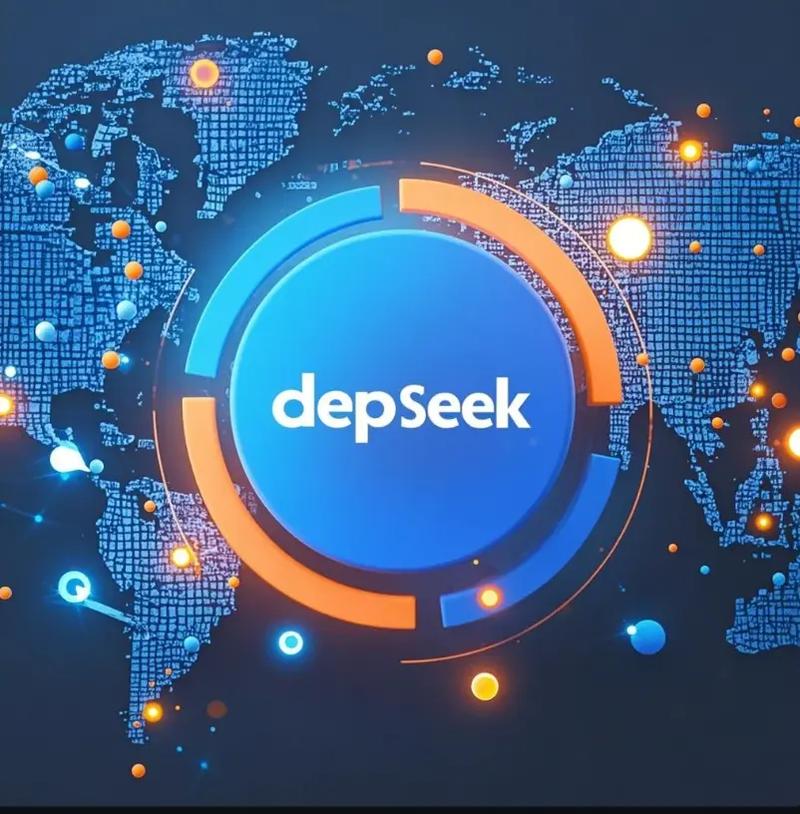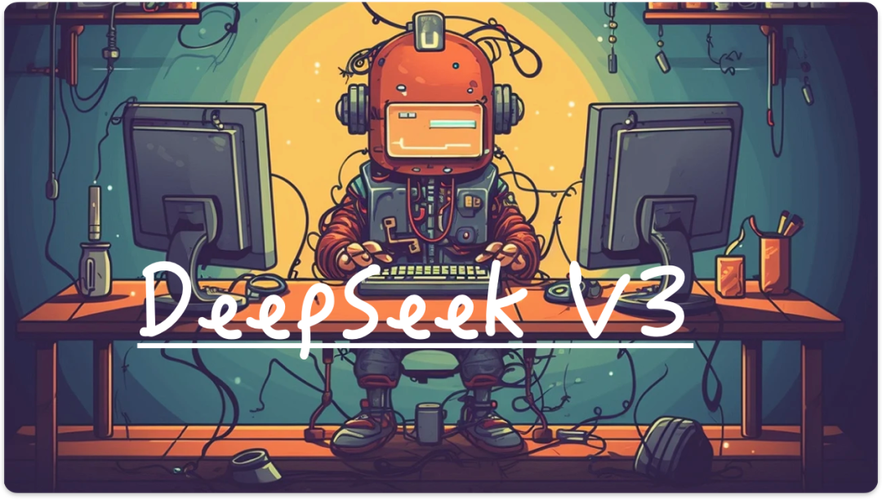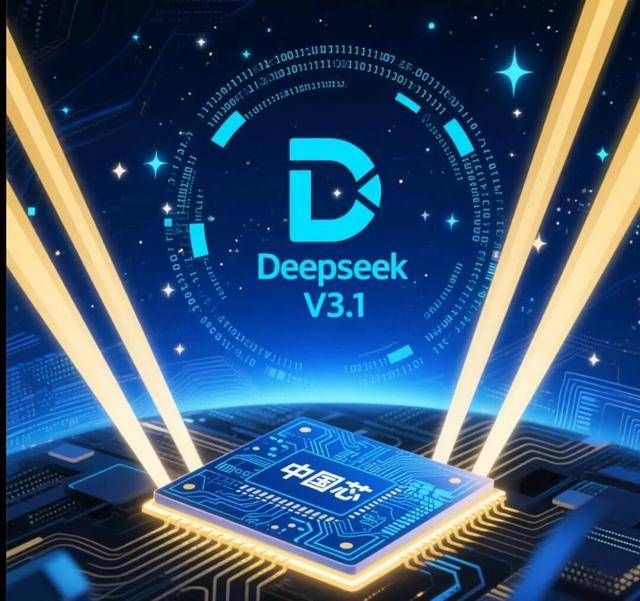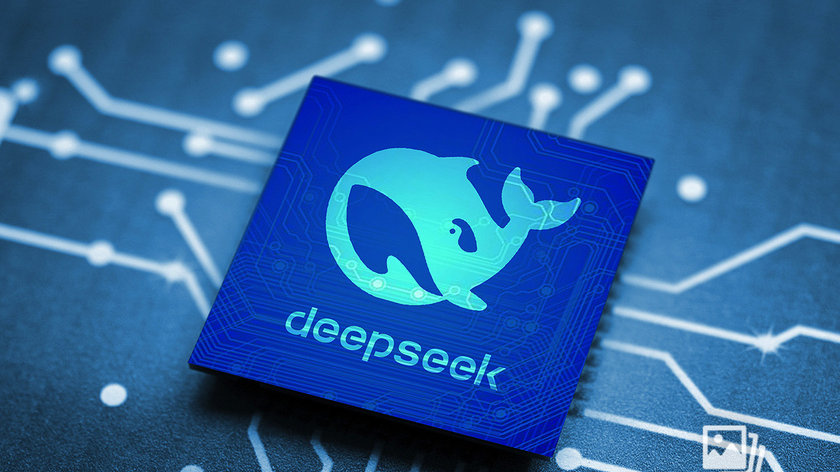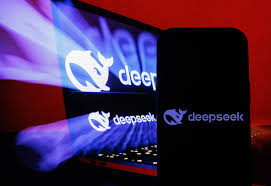DeepSeek: The Future of AI?
Introduction: A New AI Superpower Emerges
In the fast-moving world of artificial intelligence, 2024–2025 has been a turning point. While Western models like OpenAI’s GPT-4, Anthropic’s Claude 3, and Google’s Gemini have dominated headlines, a powerful new contender has emerged from China: DeepSeek.
Born from China's rapidly evolving AI ecosystem, DeepSeek represents not just a new player in the field, but potentially a new future for how AI is built, deployed, and understood. It fuses massive scale with smart efficiency, open innovation with national strategy, and MoE (Mixture of Experts) architecture with multilingual flexibility.
So, what exactly is DeepSeek? How does it work? Why is it considered the future of AI? And what might this mean for the global balance of technological power?
In this in-depth article, we will explore all of that and more.
Table of Contents
-
What is DeepSeek?
-
Why DeepSeek Matters
-
Technical Architecture: MoE Explained
-
Model Scale vs Activation
-
Performance Benchmarks and Evaluation
-
Multilingual Mastery and Cultural Relevance
-
Open Source Strategy and Developer Adoption
-
DeepSeek’s Position in China’s AI Agenda
-
Use Cases: Code, Search, and Dialogue
-
DeepSeek vs GPT-4 vs Claude 3
-
Efficiency and Cost of Inference
-
Local Deployment Possibilities
-
Challenges and Criticisms
-
Ethics, Safety, and Model Alignment
-
DeepSeek in Education and Research
-
Global Geopolitics and AI Sovereignty
-
Open Weights and the LLM Community
-
DeepSeek’s Potential in the Global South
-
What’s Next: DeepSeek v2, R2, and Beyond
-
Conclusion: Is DeepSeek the Future of AI?
1. What is DeepSeek?
DeepSeek is a Chinese-developed large language model (LLM) platform designed to rival and potentially surpass leading Western models in reasoning, code generation, math, multilingual communication, and more.
Key models in the DeepSeek lineup include:
-
DeepSeek-MoE 16x7B: 670B parameters total, with 37B active per token
-
DeepSeek-Coder: Code-specialized model with competitive HumanEval scores
-
DeepSeek-VL: Multimodal capabilities (language + vision)
-
DeepSeekMath & DeepSeek-Chat: Fine-tuned for education and general use
DeepSeek has released multiple models as open weights, rapidly gaining popularity on GitHub and Hugging Face.
2. Why DeepSeek Matters
DeepSeek is significant because it:
-
Demonstrates Chinese parity in AI research
-
Utilizes MoE to combine scale with efficiency
-
Competes openly with GPT-4-level models
-
Is part of a broader national push for AI sovereignty
It’s a symbol of China’s strategic pivot from imitation to innovation.
3. Technical Architecture: MoE Explained
Unlike dense models (like GPT-3 or Claude), DeepSeek uses Mixture-of-Experts (MoE) architecture:
-
16 or more “experts” (smaller models inside one big model)
-
Only 2–4 experts activated per input
-
Achieves massive total scale while keeping computational cost low
This results in faster inference, lower memory demand, and greater model depth without linear cost.
4. Model Scale vs Activation
| Model | Total Parameters | Active Params per Token |
|---|---|---|
| GPT-3 | 175B | 175B |
| DeepSeek R1 | 671B | ~37B |
| GPT-4 (Turbo) | Unknown (~>1T est.) | N/A |
| Claude 3 Opus | Unknown | N/A |
DeepSeek’s sparsity means it can match or exceed GPT-4 in many tasks while being lighter to run.
5. Performance Benchmarks and Evaluation
DeepSeek performs strongly in:
-
MMLU (Multitask language understanding): 81–83%
-
HumanEval (code generation): 70–75%
-
GSM8K (grade-school math): 85–90%
-
CEval (Chinese-language eval): 85%+
In real-world usage, DeepSeek shows robust instruction following, accurate code generation, and low hallucination rates.
6. Multilingual Mastery and Cultural Relevance
DeepSeek excels in:
-
Chinese (Simplified and Traditional)
-
Other Asian languages (Japanese, Korean)
-
Solid performance in English
It’s culturally aligned with China’s education and governance structures, making it a powerful internal tool for schools, institutions, and government.
7. Open Source Strategy and Developer Adoption
DeepSeek has done what few frontier model developers have:
-
Released open weights for 7B–67B parameter models
-
Supported quantization and GGUF formats for local use
-
Engaged with Hugging Face, Colab, and GitHub communities
This openness has made DeepSeek a darling of the AI open-source movement, especially in non-Western countries.
8. DeepSeek’s Position in China’s AI Agenda
China has made AI a strategic national priority. DeepSeek plays a major role in:
-
Reducing dependency on U.S. tech
-
Offering Chinese-language-first models
-
Powering local LLM ecosystems, education, and search
It’s not just a model—it’s infrastructure.
9. Use Cases: Code, Search, and Dialogue
DeepSeek is already being used for:
-
Baidu-style search enhancements
-
Coding copilots for Chinese devs
-
Chatbots for education, finance, and law
-
AI tutors in Chinese classrooms
Its versatility makes it ideal for both enterprise tools and consumer-facing assistants.
10. DeepSeek vs GPT-4 vs Claude 3
| Feature | DeepSeek R1 | GPT-4 Turbo | Claude 3 Opus |
|---|---|---|---|
| Openness | ✅ Partial | ❌ Closed | ❌ Closed |
| Chinese Language | ✅ Best-in-class | Good | Average |
| Coding | ✅ Excellent | ✅ Excellent | ✅ Excellent |
| Reasoning | ✅ Strong | ✅ Strong | ✅ Strong |
| Personal Memory | ❌ (for now) | ✅ | ✅ |
| Commercial API | ⚠️ Emerging | ✅ Mature | ✅ Mature |
While OpenAI and Anthropic lead in Western polish and memory, DeepSeek excels in raw performance, customization, and open adoption.
11. Efficiency and Cost of Inference
DeepSeek MoE models are cheaper to run per token:
-
Only a subset of weights activated
-
Lower VRAM needs compared to dense GPT-4 models
-
Quantized versions can run locally on RTX 4090s
This efficiency is key for mass deployment in education and mobile.
12. Local Deployment Possibilities
DeepSeek supports:
-
Quantized GGUF files (Q4_K_M, Q8_0, etc.)
-
Runs on local machines with 24–48 GB VRAM
-
Full integration with Ollama, LM Studio, Kobold, and Text Generation WebUI
This makes DeepSeek the most accessible GPT-4-class model for developers, especially outside the U.S.
13. Challenges and Criticisms
DeepSeek is not without issues:
-
Some models lack long-term memory or assistant APIs
-
Still developing tool use and plugin infrastructure
-
Risk of censorship or alignment to authoritarian values
Its openness comes with risks of misuse, like all LLMs.
14. Ethics, Safety, and Model Alignment
China’s LLMs, including DeepSeek, are regulated by:
-
The Cyberspace Administration of China (CAC)
-
Restrictions on “unapproved” political, religious, or social commentary
-
May have built-in alignment for domestic compliance
This raises questions about transparency, freedom, and cultural filtering.
15. DeepSeek in Education and Research
Use cases include:
-
AI math tutors for high school students
-
Assistants for scientific research in Chinese universities
-
Law and policy Q&A bots
-
Healthcare knowledge retrieval tools
DeepSeek could transform public education in non-English-speaking countries.
16. Global Geopolitics and AI Sovereignty
DeepSeek is part of China’s AI sovereignty movement, which includes:
-
Domestic chip development (like Huawei Ascend)
-
National AI research centers
-
Banning or restricting Western AI APIs
This could split the world into two AI blocs—one U.S.-led, one China-led.
17. Open Weights and the LLM Community
DeepSeek’s open models are being:
-
Forked for smaller countries’ use
-
Embedded in smartphones, offline tools, and national services
-
Fine-tuned for Arabic, Swahili, Hindi, and other underserved languages
It is becoming the “Android of LLMs”—modular, multilingual, and local.
18. DeepSeek’s Potential in the Global South
DeepSeek is gaining traction in:
-
Africa (via local AI labs fine-tuning Chinese models)
-
Latin America (used in low-cost edtech deployments)
-
Southeast Asia (integrated into WeChat-style apps)
With low-cost infrastructure, DeepSeek becomes a tool of AI empowerment for the Global South.
19. What’s Next: DeepSeek v2, R2, and Beyond
Future versions of DeepSeek are expected to feature:
-
Multimodal reasoning (images + video + language)
-
Long-context support (100K+ tokens)
-
Advanced instruction tuning for agent workflows
-
Tool use (like OpenAI’s Function Calling)
-
Personalization and memory frameworks
This could bring it feature-for-feature with GPT-4 Turbo—or even beyond.
20. Conclusion: Is DeepSeek the Future of AI?
Yes—if you’re looking for:
✅ Open weights and developer control
✅ Chinese-language excellence
✅ Global AI alternatives outside the U.S.
✅ Efficient, scalable infrastructure
✅ AI aligned with national sovereignty
Not quite—if you want:
❌ English-first cultural fluency
❌ Plug-and-play tools like Copilot or ChatGPT Pro
❌ Polished UX for casual consumers
❌ Ethical alignment guarantees from independent labs
Final Thoughts
DeepSeek is not just a model—it’s a movement.
It challenges the West’s dominance in AI.
It democratizes access to LLMs outside the English-speaking world.
And it reminds us that the future of intelligence is not centralized—it’s diverse, contested, and global.
As DeepSeek continues to evolve, it will likely shape not just the future of AI—but the future of geopolitics, education, and knowledge itself.

